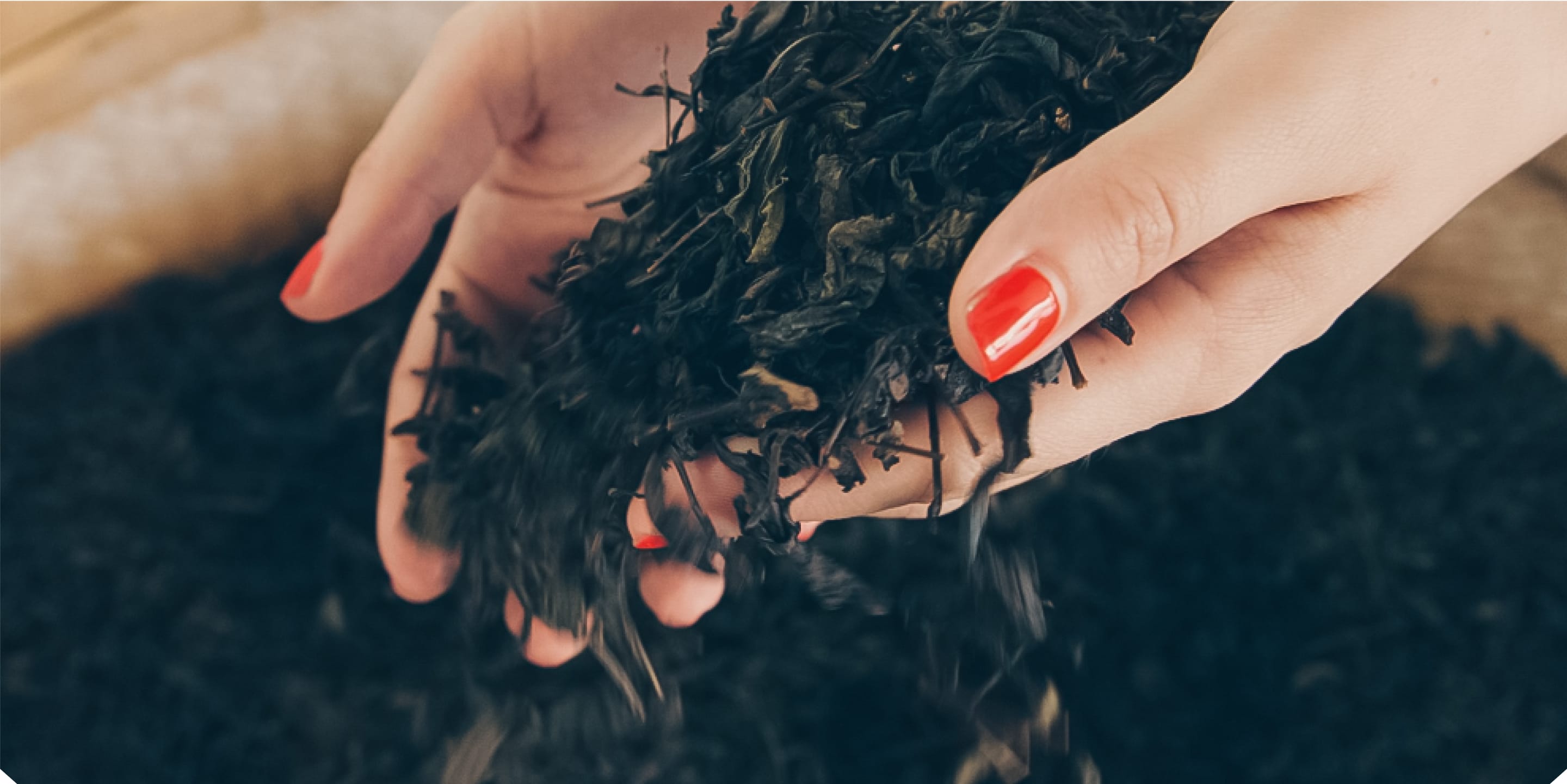
How tea is made
One of the legends of tea suggests that to make tea, you simply drop a fresh leaf into hot water. While it’s true that the first teas were probably tasted that way, over the centuries tea making has turned into an art form – and that’s before it even comes to adding the water.
Really, there are hundreds and hundreds of different tea varieties available globally. And to illustrate this point, you may even have read that ‘there are more teas in China alone, than there are wines in all of Europe!’ And what’s even more fascinating is the realisation that all of this dazzling diversity of tea comes from a single plant – camellia sinensis.
So, yes, while all tea comes from the same plant, there are 4 broad types of tea – Black, White, Oolong and Green.
The transforming of freshly plucked ‘green leaves’ into ‘made tea’ (tea that you actually buy and drink) is all down a magical mix of nature and nurture, field and factory, plant and processing – in effect, a precise combination of cultivation and production techniques.
Black Tea
First off, it's all about terroir...
This is all about the influence of landscape; a distinct ‘origin’ character of each tea growing region, as a result of its unique micro-climate – be it plant, soil, altitude, location, rainfall and sunshine.
As an example, we grow our own tea in Kericho district in South-Western Kenya, adjacent to the Mau Forest in the country’s Rift Valley province. Its terroir is almost the dream environment for tea - lush carpets of green coat the rolling hills…….its quality and yields benefitting from the perfect mix of sunshine and rain, all year growing, high altitudes that temper the equatorial heat, and rich volcanic soils.
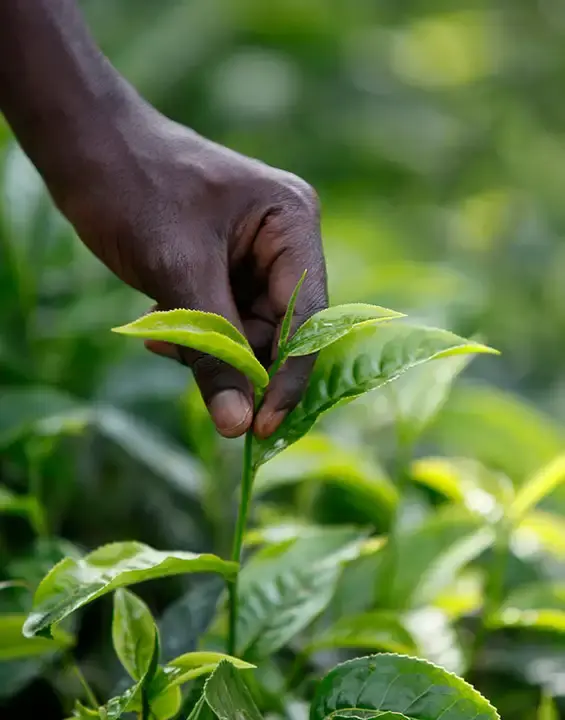
Then, the Leaves have to be harvested...
The bud nearest the end of each shoot and its two leaves are plucked for the best tasting tea. As a rule, the younger and softer their shoots, the better the quality.
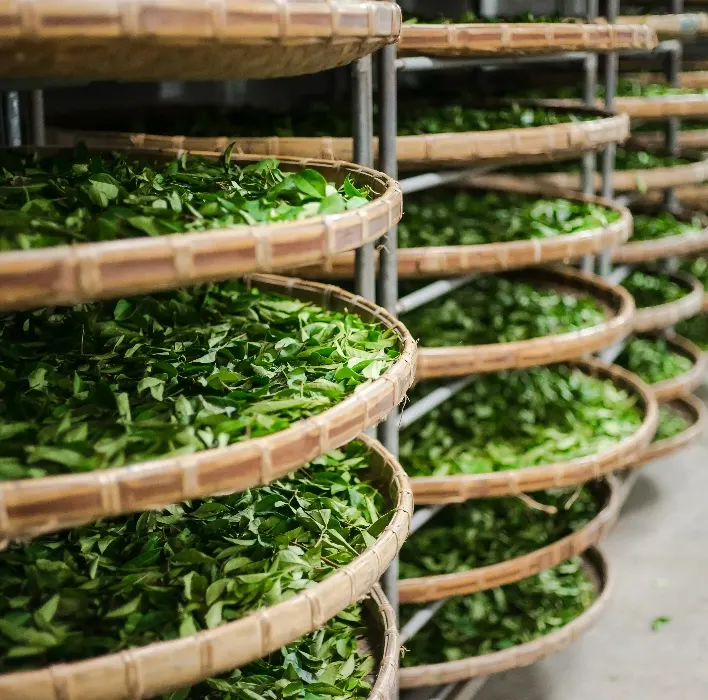
Next up comes something called withering
It doesn’t sound very nice, but what it involves is naturally reducing some of the moisture. Leaves are spread out as evenly as possible, and left for about 12-16 hours until they’re floppy and flaccid, and easy to work with.
Following on is maceration
This is where the leaves are gently rolled or more vigorously cut into smaller particles. Once the leaves are broken up, they naturally start to oxidise. Oxidation takes just a couple of hours, but is vital for bringing through black tea’s distinctive colour and flavour.
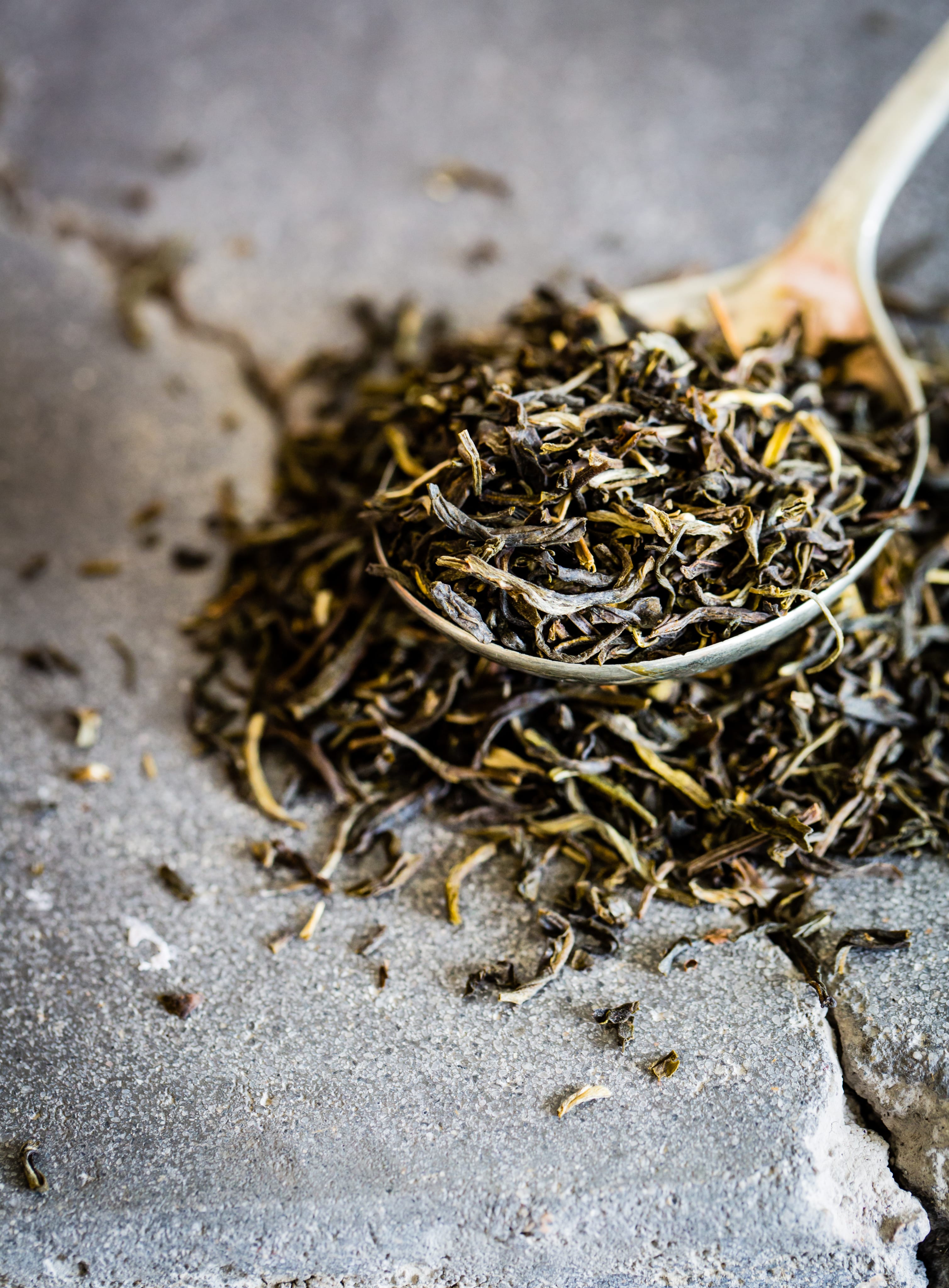
Then comes the drying
Where the moisture content of the finely diced leaves is brought down to its final stable state, ready to drink – and when the tea looks like the familiar product you see as ‘loose leaf’ in packets, tins or teabags.
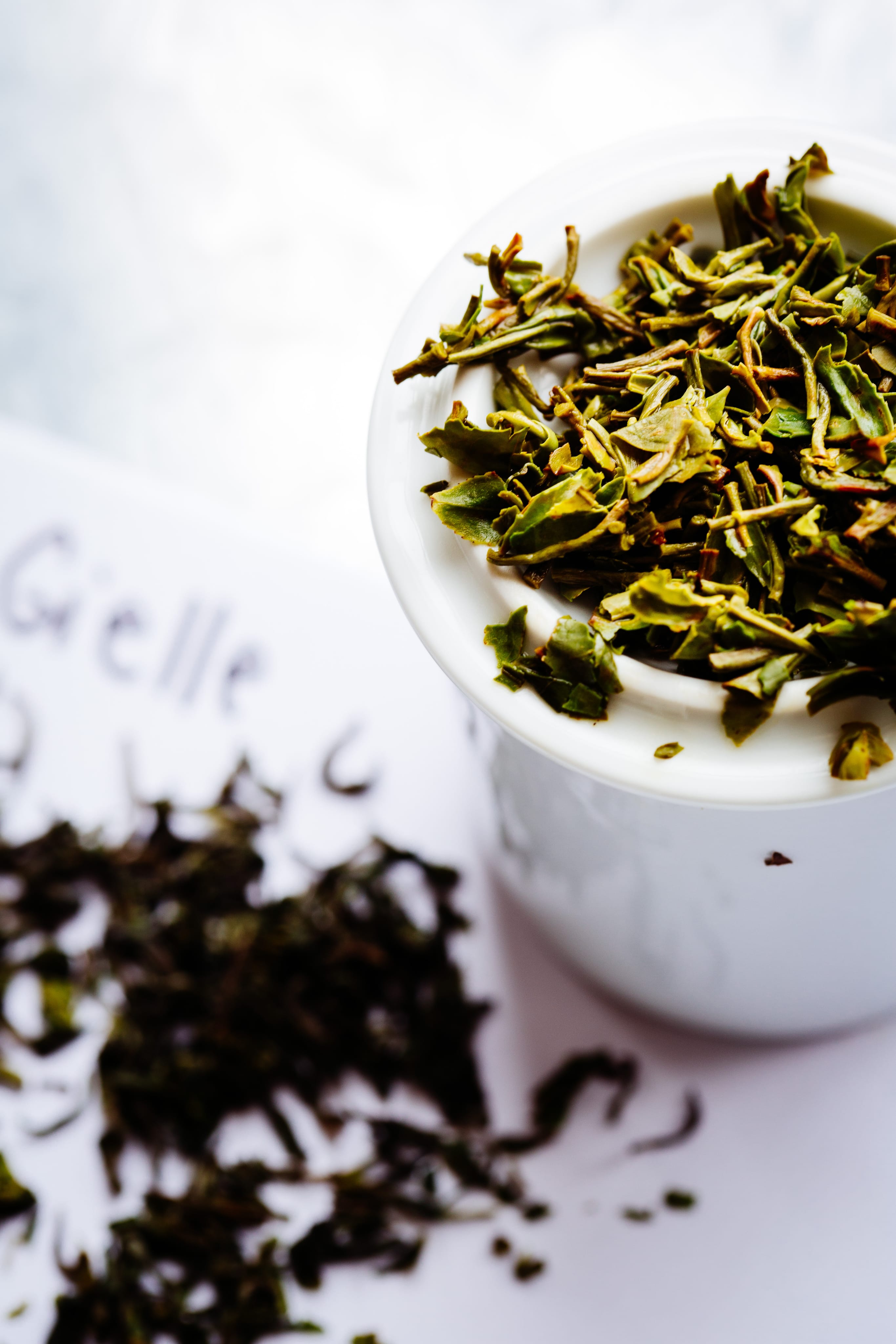
And last but not least comes the sorting
This is where different sizes of leaf are sieved and separated. Each has its own use somewhere in Lipton Teas and Infusions globally.
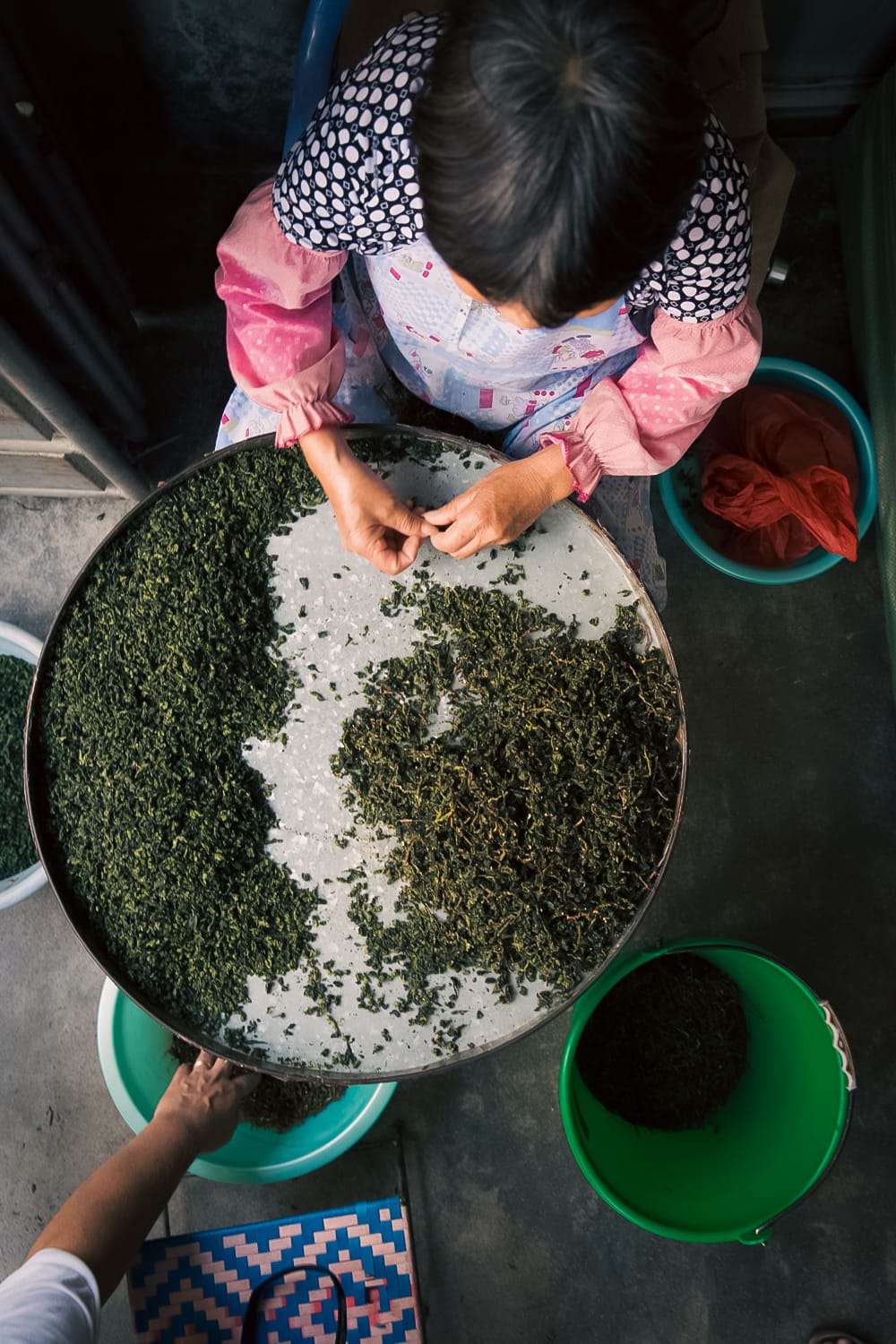
Green tea…..and other Tea types
In contrast to Blacks, Green teas don’t undergo oxidation. Using heat (either ‘steaming’ or ‘pan-frying’) before cutting, switches off the tea’s natural enzymes, meaning the leaf will no longer oxidise. As a result, green teas will keep their green colour, as well as more of their typically grassy & herbaceous aromas and deliciously vegetal flavour notes.
White teas are minimally processed, delicate & refined, subtle and ethereal, and light in both colour and body. They present one of the purest expressions of camellia sinensis.
Oolong teas represent something of a halfway house, between oxidised Blacks and non-oxidised Greens. These are amongst the most difficult to make, and, when made, can take on a stunning array of complex flavour and aroma profiles. And unlike most other tea, this is a category of tea that is known to actually improve……when steeped more than once !
This is the journey of how tea is made, from fresh leaf to finished wonder. And, with hundreds of types of teas out there, you can imagine the mind-blowing diversity. That’s why we need our tea experts and tasters.